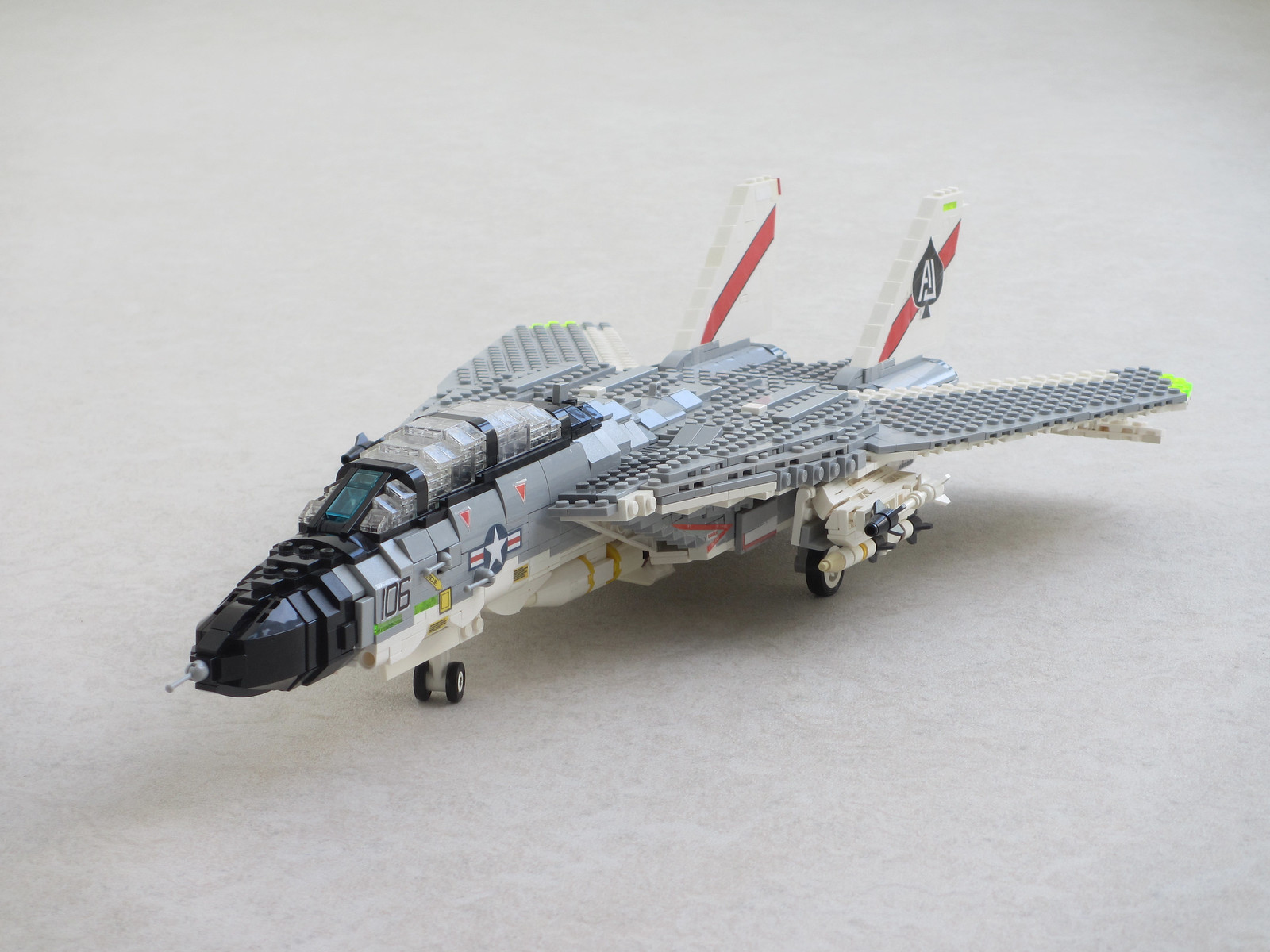At first, the locomotive on my train transport truck would be just an interesting load for the truck. As I was building it, though, it became something a little more. I wanted to turn it into a working and running locomotive.
As a child, I loved my LEGO train. For Christmas 1981, my parents and grandparents conspired to buy me a train set, some more rails, an additional wagon and a 4.5V motor and battery box. This was everything that I, aged six at the time, could have wanted. I played with it for years, modifying it to my heart’s content. As an adult Lego builder, however, I drifted away from building trains.
A fair few adult LEGO builders may be on the spectrum. And in the stereotype, LEGO train builders even more so. (They are like Texas compared to the rest of the US: very similar, but the trucks, steaks and hairdos are even bigger). I am a physicist, though, if this were true, it would be nothing I could not handle. Furthermore, some of the friendliest and most talented builders I know are “train heads”, but I am not one of them.
Choo-choo-choose to read the rest of Ralph’s LEGO train journey!















